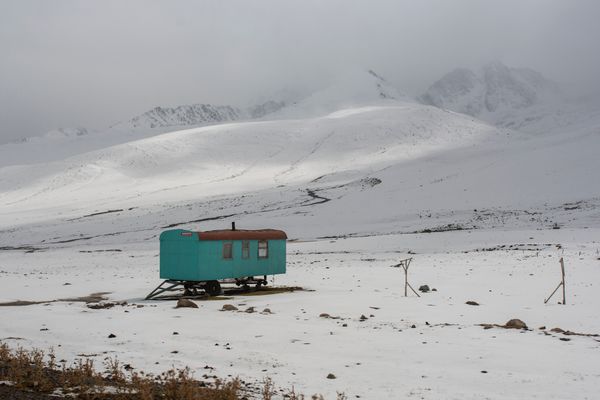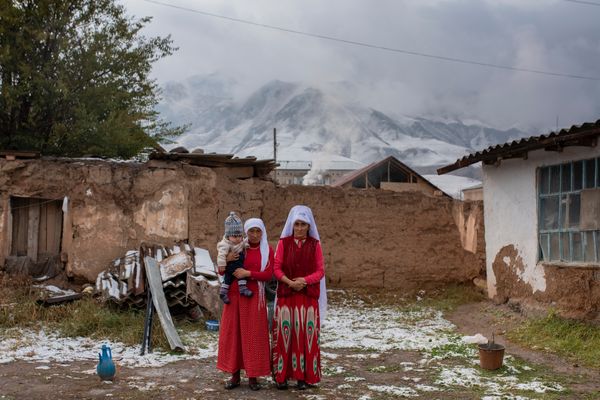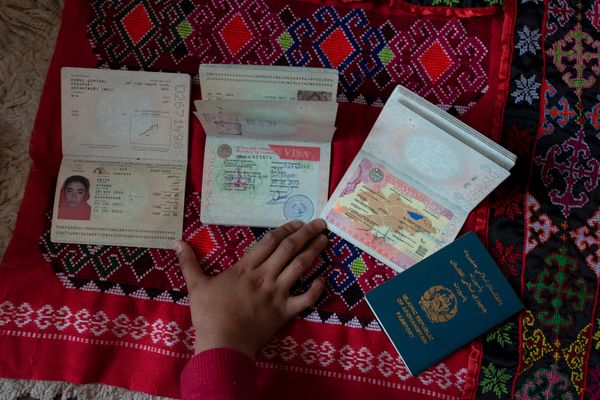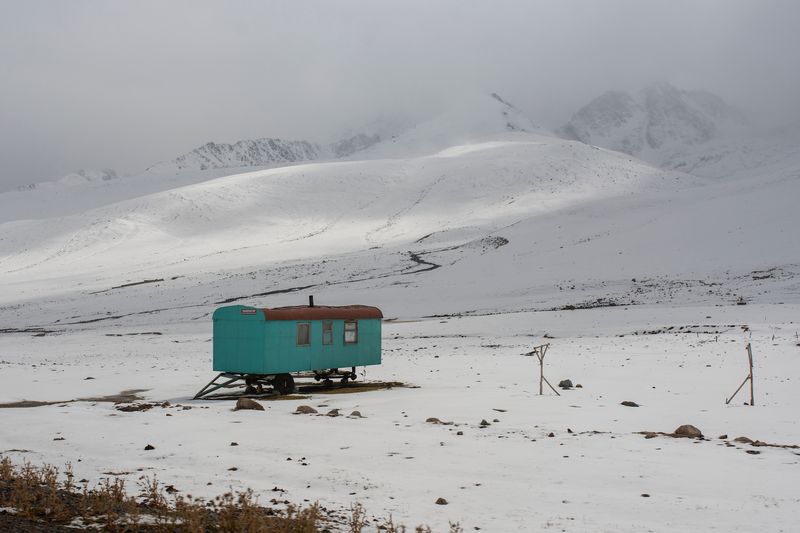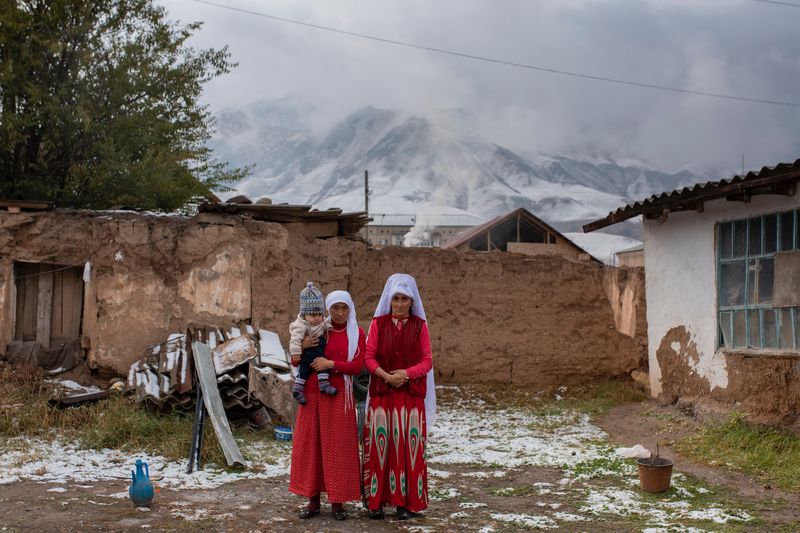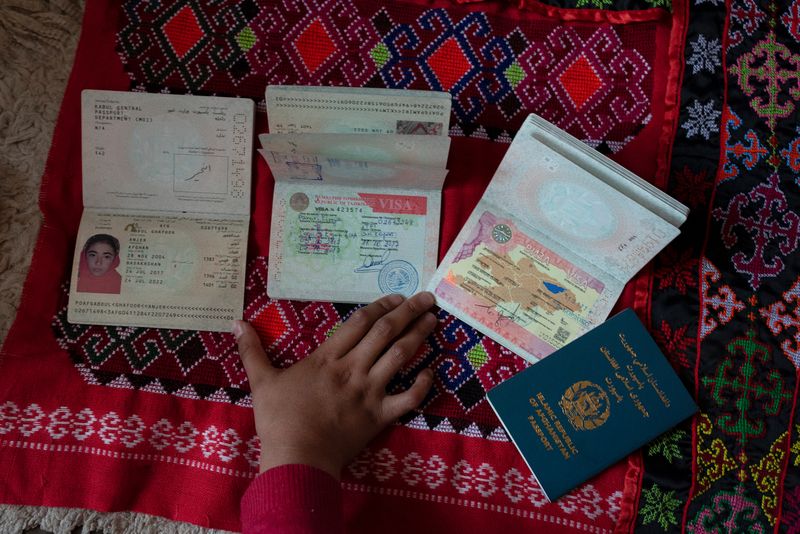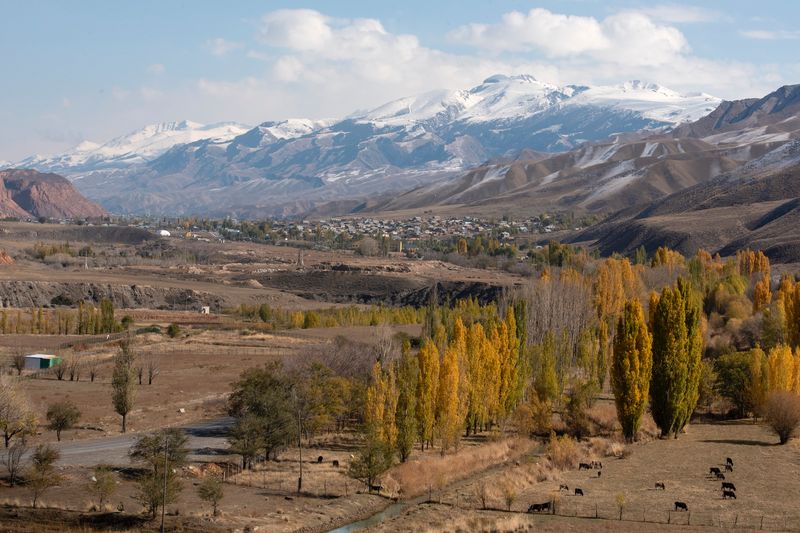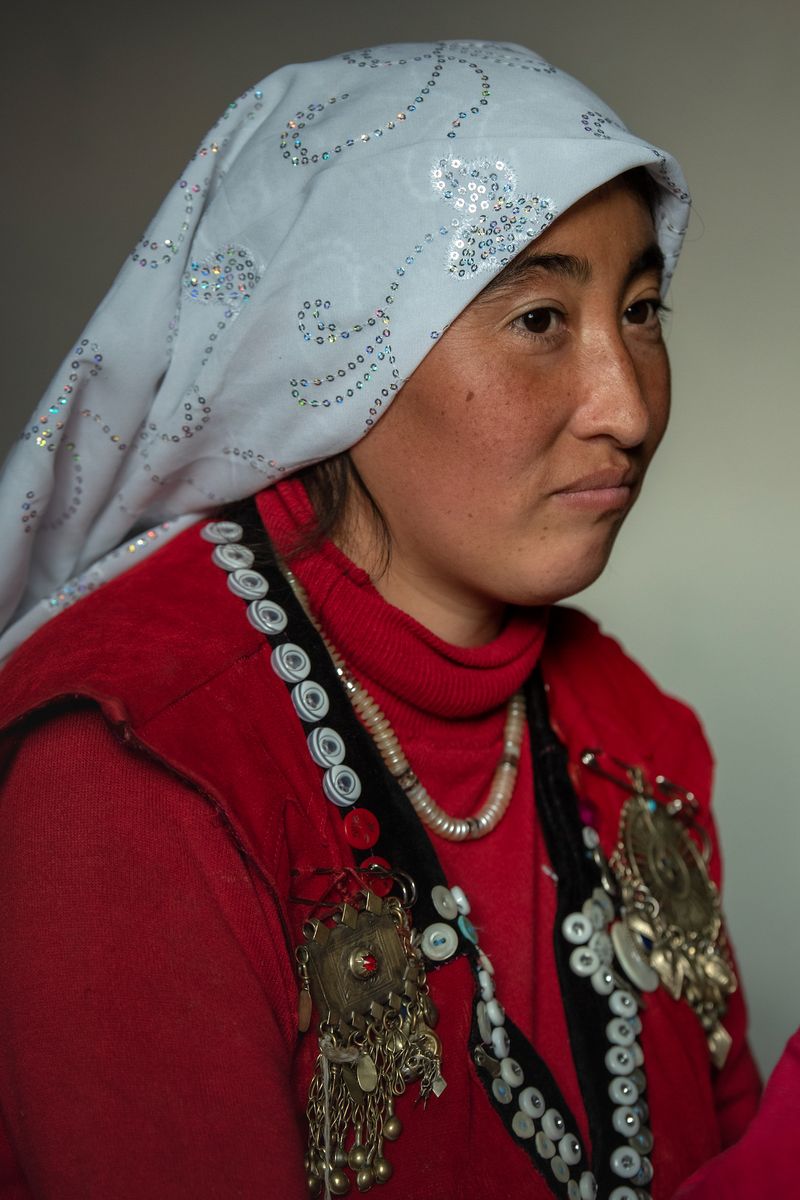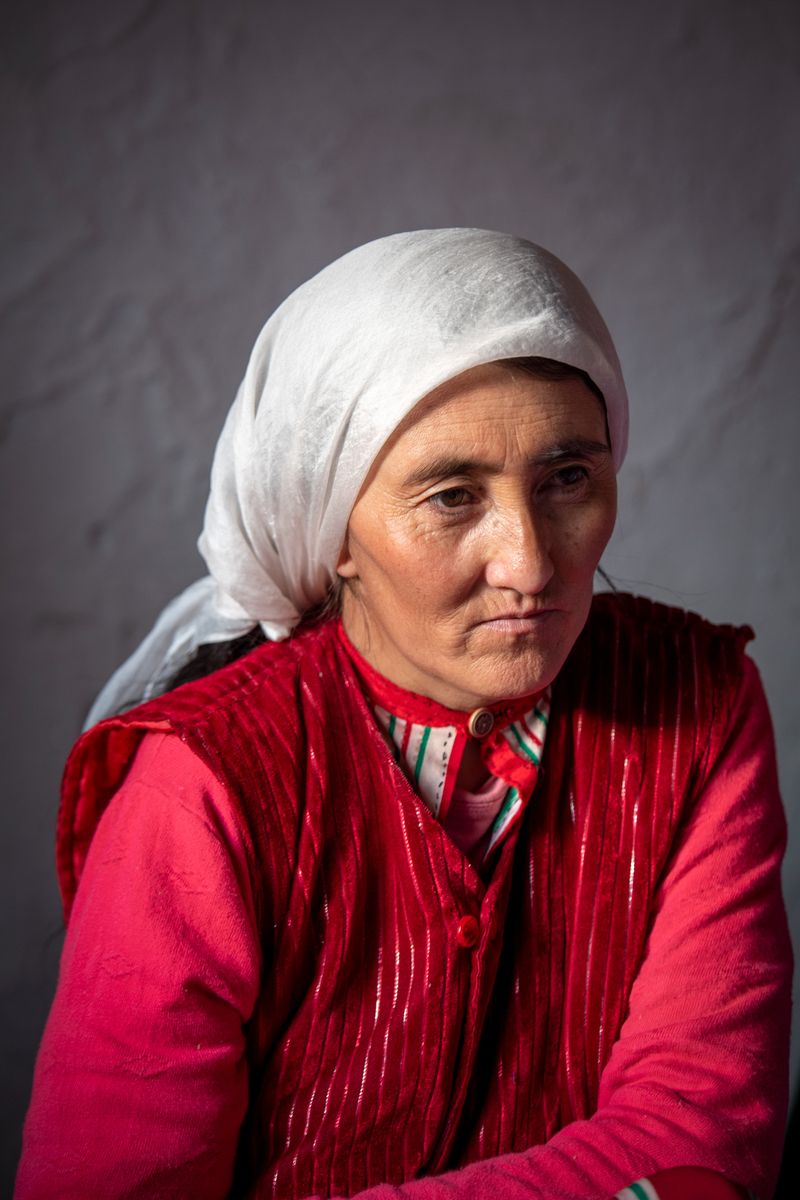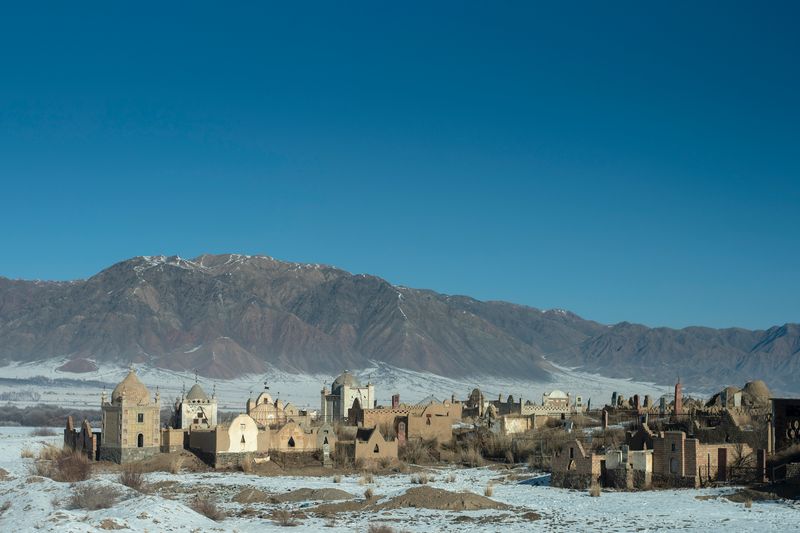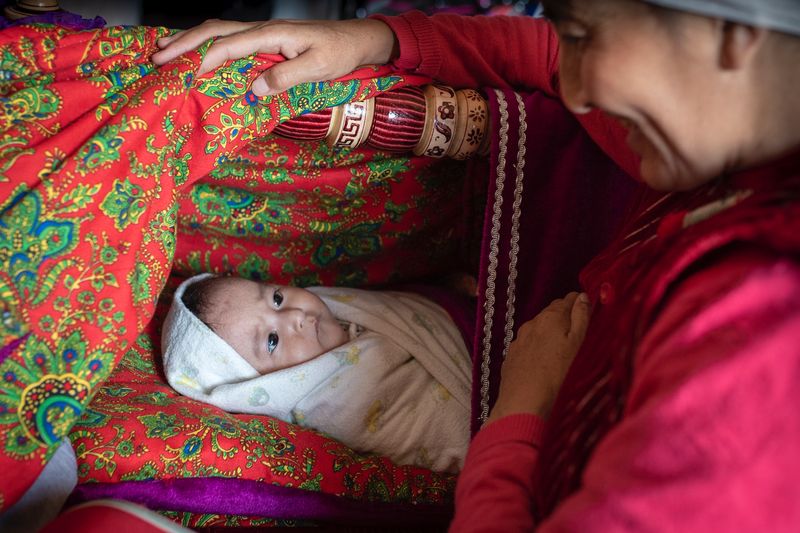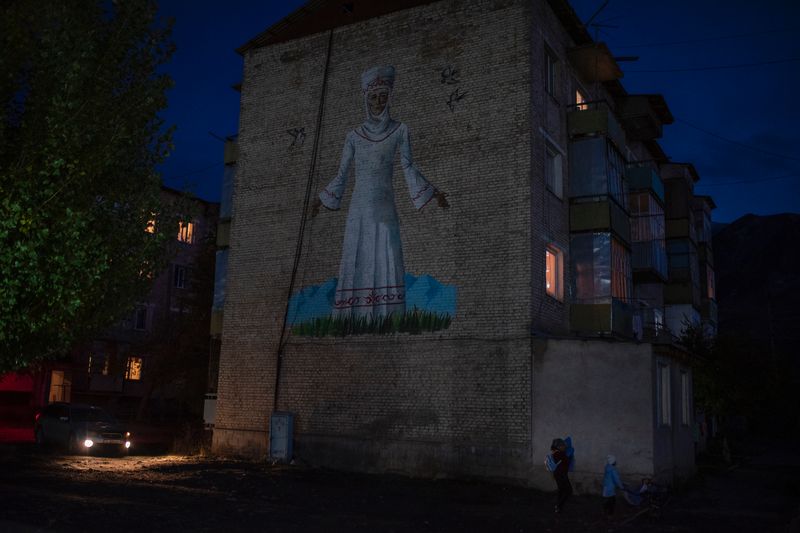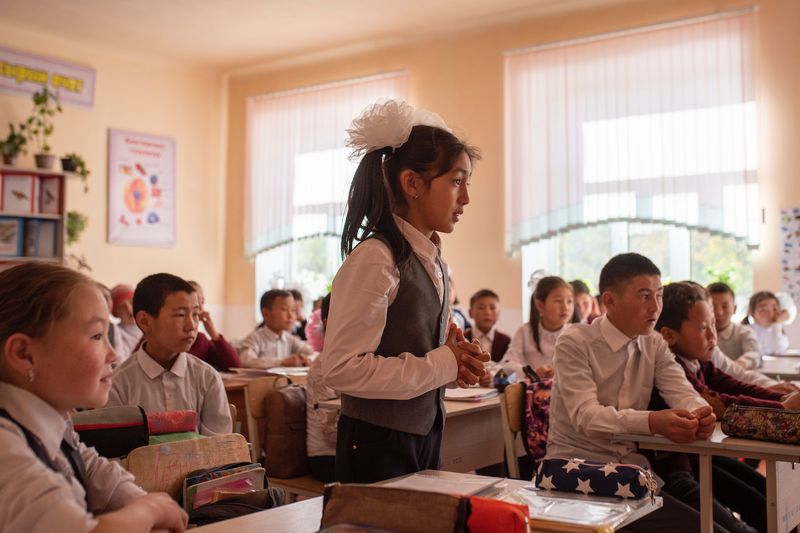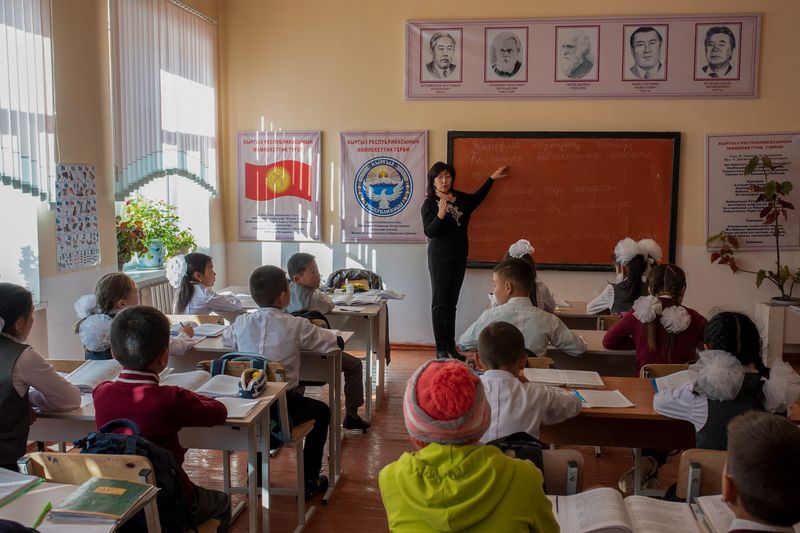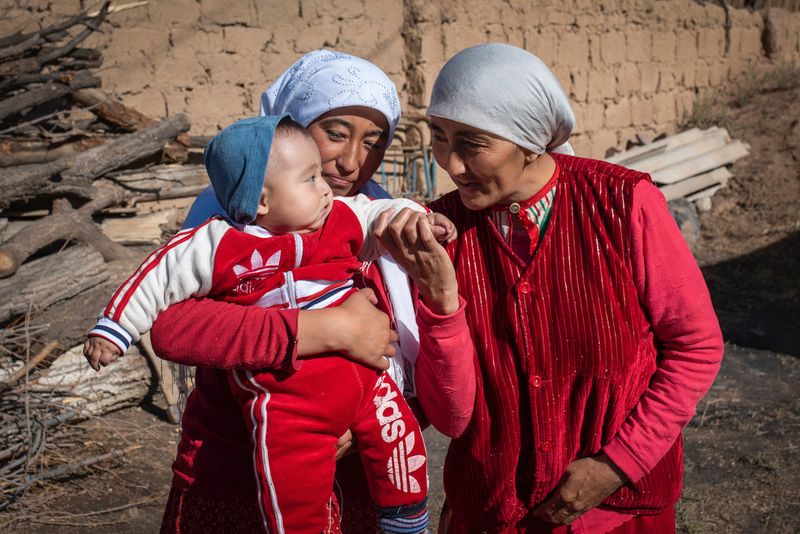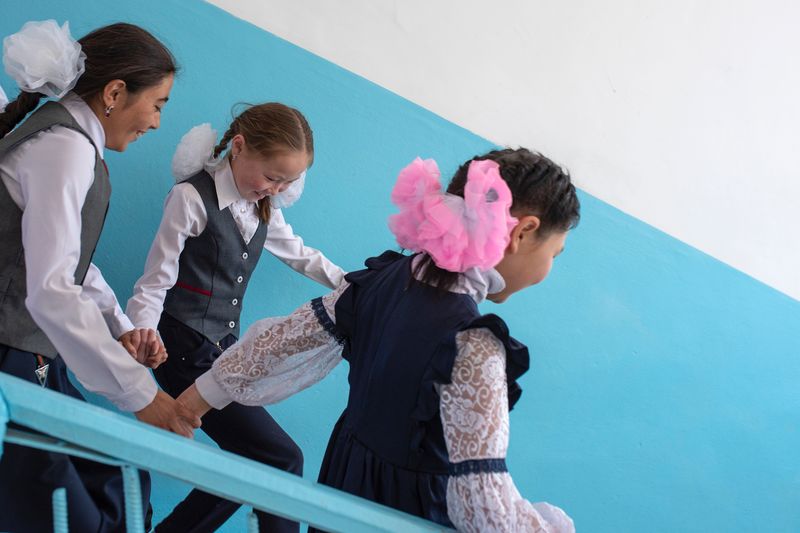Red Blossoms
-
Dates2019 - Ongoing
-
Author
- Topics Portrait, Social Issues, Documentary
"We left our home because we never knew if and what child would survive the long and cold winters in Big Pamir."
"The region is so lofty and cold that you do not even see any birds flying. And I must notice also that because of this great cold, fire does not burn so brightly, nor give out so much heat as usual, nor does it cook food so effectually",
from "The Travels of Marco Polo" by Marco Polo.
Afghanistan's Wakhan Corridor is one of the remotest, high-altitude landscapes on earth. At the end of this isolated and arid land, from which the highest mountain ranges in the world radiate is the Pamir plateau (above 14.000 feet). The Pamir Kyrgyz are called one of the world's toughest people, whose life has developed in challenging nomadic conditions of harsh highlands in Afghanistan. Today some 1100 Afghan Kyrgyz live there, surrounded by high mountains and affected by the vicissitudes of history.
The future of the Pamir Kyrgyz has been discussed for many years. After a long preparatory phase, in mid-October 2017, the Kyrgyz government realized the repatriation of ethnic Kyrgyz spread in the Pamir Mountains of Afghanistan. Despite expensive administrative hurdles, a few families decided to take part in this political repatriation program and settled in the mountain town of Naryn in Kyrgyzstan. It was an outstanding program due to high labor migration from Kyrgyzstan to other countries. The political motivation seems to be more based on ethnic heritage, and the national newscasts repeated: 'Kyrgyz should return to the Kyrgyz Republic.'
After a long preparatory phase, in mid-October 2017, the Kyrgyz government started the repatriation program. It transferred several families of the Pamir Kyrgyz from Afghanistan to the Naryn region of Kyrgyzstan. Abdul Ghafoor (39) and his wife Dawlat Bibi (41) decided to be part of the Kyrgyz resettlement program hoping for a better future for their two daughters. At that time, they were 22 and 11 years old. In Afghanistan, Abdul Ghafoor was a shepherd. Being a shepherd on the "Roof of the world" (the term historically used to describe this region) was a tough job in the Afghan Big Pamir. Due to harsh living conditions and the bitter coldness in the Big Pamir, the family went through difficult times. When they heard about the resettlement program, they agreed immediately without any doubts. The daughters and the mother are the ones who particularly appreciate the changed life in Kyrgyzstan:
"In the Big Pamir, we never knew if and what child would survive the long and cold winters in Big Pamir."
